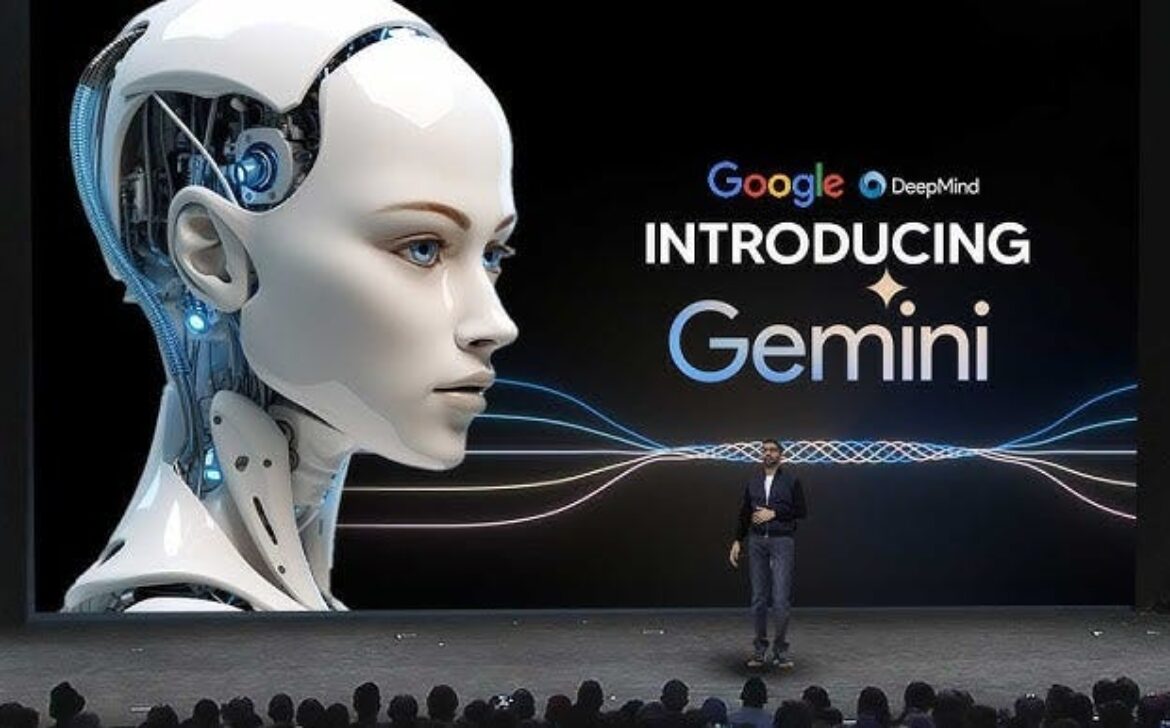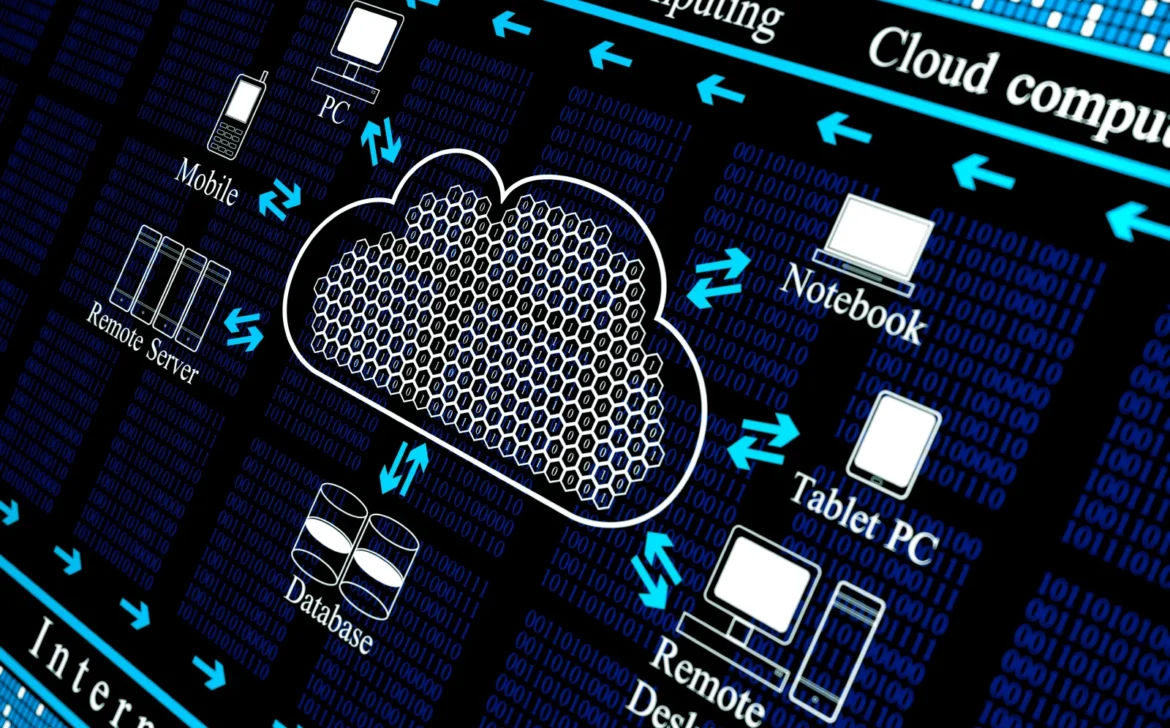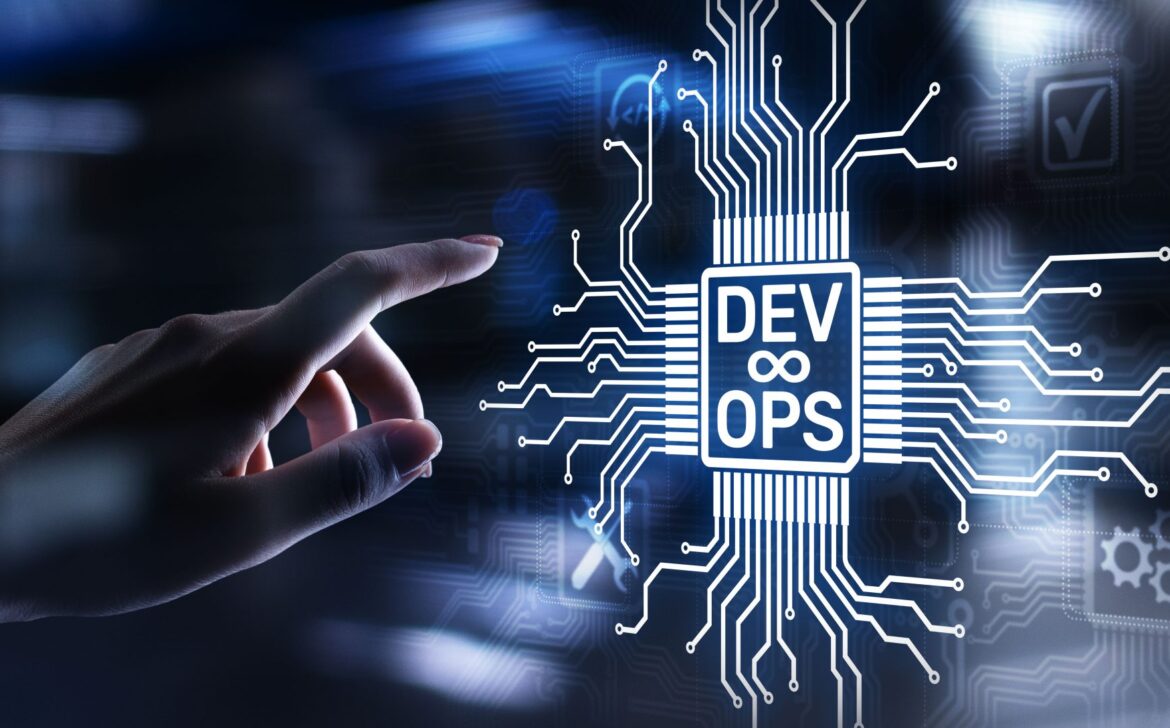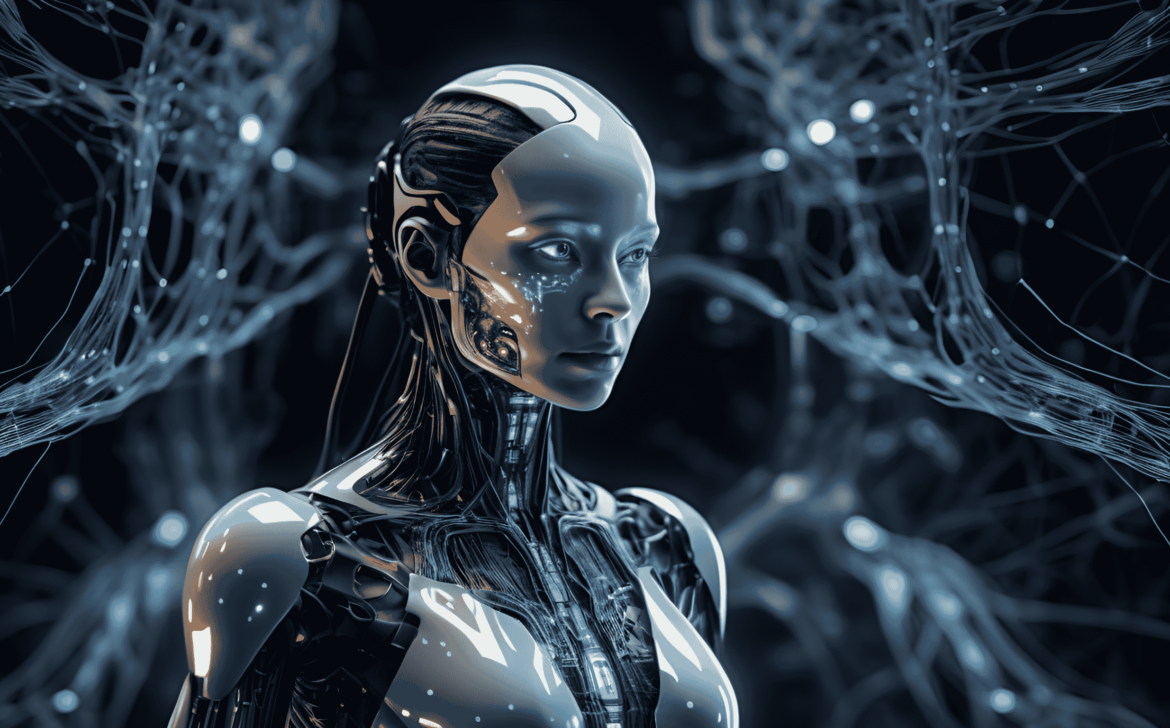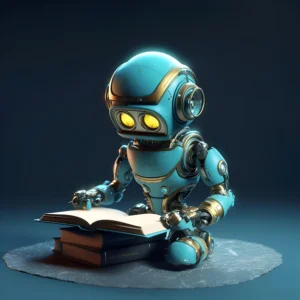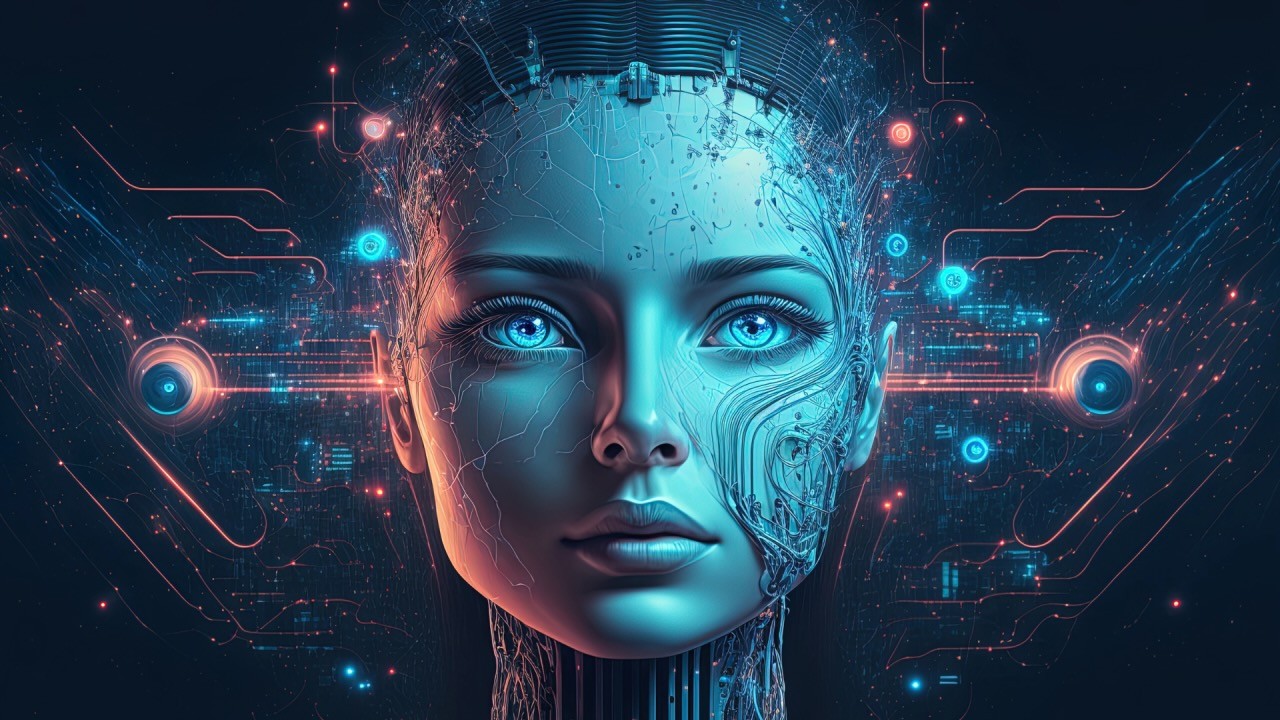Google’s Gemini AI: A Multimodal Mastermind
Gemini is a large language model that understands the nuances of human language and can be a valuable asset in your blogging arsenal.

What Makes Gemini Different?
The key to Gemini’s prowess lies in its multimodality. Unlike previous AI models that focus on just text or code, Gemini can seamlessly understand and work with a variety of information types. Text, code, audio, images, and video are all fair game for Gemini. This allows it to perform tasks and generate creative outputs that were previously unimaginable for AI.
Here are just a few ways Gemini can be used:
- Boost Your Productivity: Imagine a research assistant that can not only find information but also synthesize it, identify trends, and uncover business opportunities. That’s Gemini for Google Workspace. It can help you write emails, craft proposals, and even generate stunning visuals for presentations.
- Empower Developers: Developers can leverage the Gemini API to create innovative AI applications. The API allows for easy integration and provides tools for crafting effective prompts that guide Gemini towards the desired outcome.
- A Creative Partner: Stuck on writer’s block? Gemini can help you brainstorm ideas and turn keywords into professional writing. Need a unique image for your project? Gemini can generate creative concepts based on your specifications.
The Future of AI is Here
The launch of Gemini marks a significant step forward in AI development. Its ability to handle different information types opens doors to a vast array of applications. From streamlining workflows to fostering creative breakthroughs, Gemini has the potential to revolutionize the way we work and interact with technology.
Getting Started with Gemini
If you’re a developer or have a Google Workspace subscription, you can explore the potential of Gemini. Google AI Studio offers a free, web-based platform to experiment with the API and prototype applications. For enterprise users, Google Cloud Vertex AI provides a fully-managed environment with enhanced security and data governance features.
Stay tuned for further developments as Gemini continues to evolve. This is just the beginning of what promises to be an exciting journey in the world of AI.

